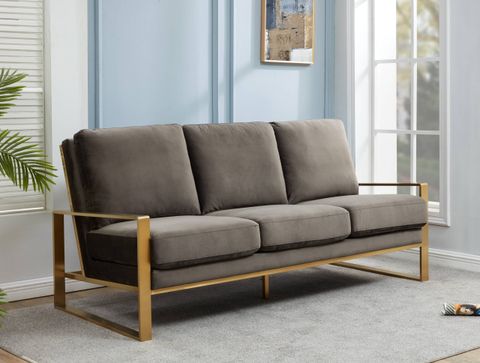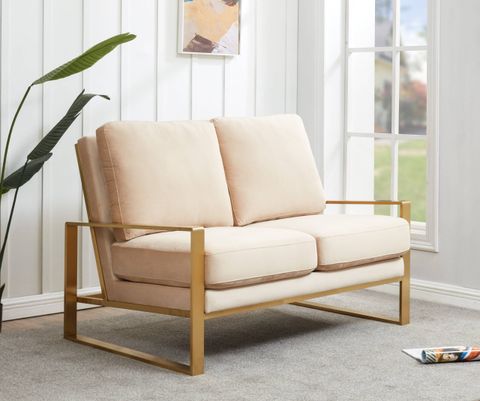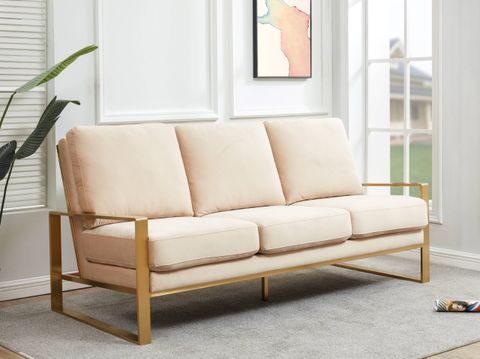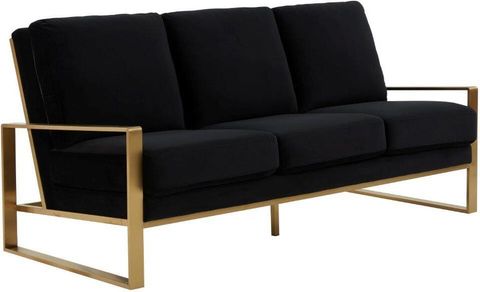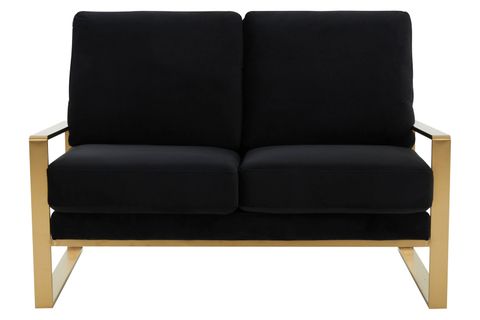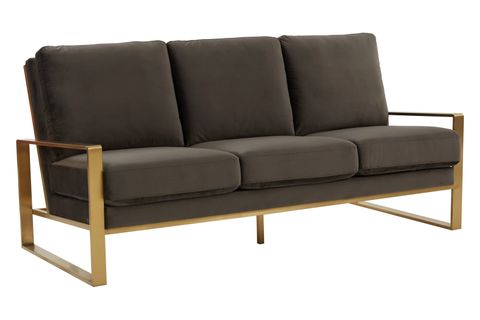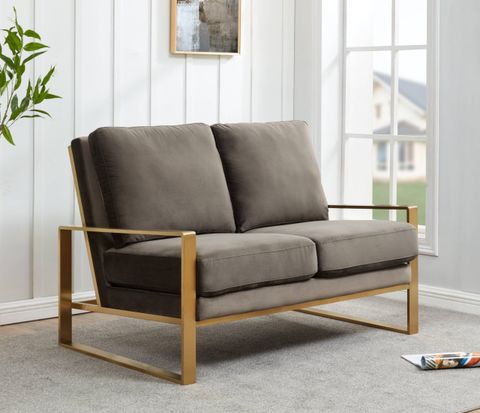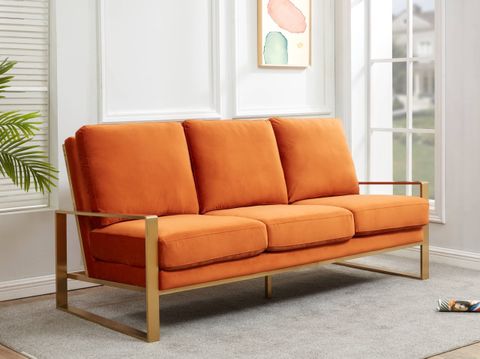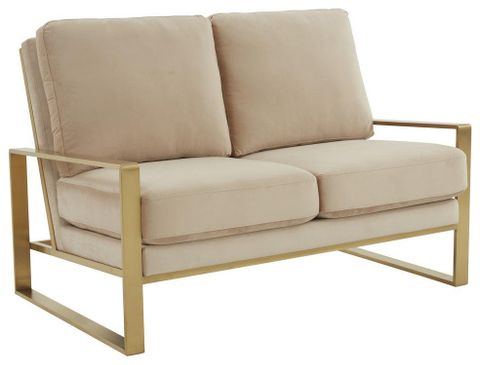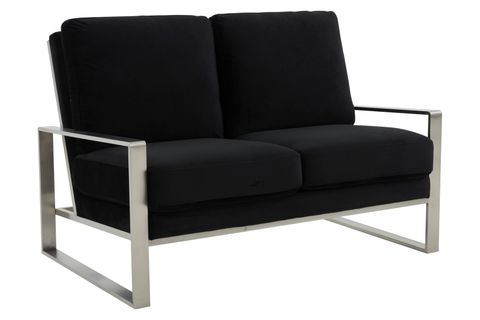Imagine walking into a room where the furniture seems to invite you to sit, relax, and stay a while. That’s exactly what happens when velvet loveseats enter a space. These sumptuous pieces aren’t just decorative elements anymore – they’re psychological triggers that influence how we feel, behave, and connect with our living environments. What started as a simple seating solution has evolved into a powerful design statement that speaks to our deepest needs for comfort, luxury, and emotional connection.
There’s something undeniably magical about sinking into a velvet loveseat. The soft texture, the rich colors, the way it seems to cradle you like a gentle hug – it’s no wonder these pieces have become the talk of interior designers and homeowners alike. But what’s really happening when we’re drawn to these plush seats? It’s not just about aesthetics or comfort. There’s a deeper psychology at play that explains why velvet loveseats are reshaping how we approach home design. They’re tapping into fundamental human desires and creating spaces that feel more welcoming, intimate, and emotionally satisfying than ever before.
The Sensory Appeal of Velvet Textures
Velvet isn’t just another fabric choice – it’s a sensory experience that engages multiple parts of our brain simultaneously. When we touch velvet, our fingertips encounter a surface that feels both smooth and slightly textured, creating a unique tactile sensation that’s instantly comforting. This texture plays directly into our psychological response to soft materials, which we associate with safety, warmth, and nurturing. The way light reflects off velvet creates subtle visual interest too, making spaces feel more dynamic and layered than plain fabrics. Think about how different textures in a room affect your mood – smooth surfaces might feel clinical, while rougher materials can seem harsh. Velvet strikes that perfect balance between luxury and approachability.
Color Psychology and Emotional Impact
The color choices in velvet loveseats carry tremendous weight in how they influence our emotions and behaviors. Deep jewel tones like emerald green, sapphire blue, and burgundy create feelings of sophistication and calm, while softer pastels bring a sense of tranquility and romance. Research shows that color affects our heart rate, breathing, and even decision-making processes. A rich burgundy loveseat in your living room might encourage conversation and intimacy, while a pale lavender piece could promote relaxation and creativity. The beauty of velvet lies in its ability to hold color beautifully, creating a more vibrant and lasting visual impact than many other fabrics. These colors don’t just look good – they actually change how we feel in the space.
The Social Psychology of Seating Arrangements
Seating arrangements tell stories about how we want to interact with others in our homes. Velvet loveseats, with their inviting curves and generous proportions, naturally encourage conversation and connection. They’re designed to accommodate two people comfortably, creating what psychologists call ‘social proximity’ – the ideal distance for intimate conversations. Unlike rigid armchairs that might create barriers, loveseats form a physical and psychological bridge between people. The act of sitting together on a shared piece of furniture signals to our brains that we’re in a safe, social space. This is particularly important in our increasingly digital world, where face-to-face interaction has become precious. Velvet loveseats make it easy to gather, share stories, and build relationships.
Comfort Psychology and Stress Reduction
Our relationship with comfort goes far beyond physical satisfaction – it’s deeply connected to our mental health and stress levels. Velvet loveseats provide what researchers call ‘psychological comfort’ – a feeling of security and well-being that comes from being surrounded by soft, inviting elements. The way velvet cushions conform to our bodies creates a sense of being supported and cared for, triggering our brain’s reward pathways. Studies have shown that people spend more time in comfortable spaces and often report feeling more relaxed and creative. When you’re sitting on a velvet loveseat, you’re not just relaxing physically – you’re activating positive emotional responses that can reduce cortisol levels and increase feelings of happiness. It’s like having a cozy blanket for your entire body.
Cultural Associations and Status Symbolism
Throughout history, certain fabrics and furniture have carried cultural meanings that go beyond their practical uses. Velvet, with its rich history and association with luxury, carries deep cultural significance that influences how we perceive and value our living spaces. In Victorian times, velvet was considered a symbol of wealth and refinement. Today, it continues to represent quality and thoughtfulness in design choices. When someone sees a velvet loveseat in your home, they’re not just seeing furniture – they’re interpreting a message about your values, taste, and attention to detail. This psychological aspect of status and self-expression is powerful because it makes people feel more confident about their personal space and identity. The choice to include velvet in your home is a statement about who you are and what you prioritize.
Design Trends and Future Implications
The rise of velvet loveseats represents more than just a passing trend – it’s part of a larger movement toward creating homes that prioritize emotional wellness and human connection. Designers are recognizing that people want spaces that don’t just look beautiful, but also feel good and support their mental health. Velvet’s combination of luxury and comfort makes it perfect for this new approach to interior design. As we continue to learn more about how environments affect our psychology, we’ll likely see more innovative uses of velvet and similar materials. The future of seating may involve even more sophisticated integration of psychological principles, creating furniture that actively supports our wellbeing rather than simply occupying space. These changes reflect a broader shift in how we think about our homes – from mere shelter to emotional sanctuaries.
Velvet loveseats are more than just furniture – they’re psychological tools that shape how we experience our homes and interact with each other. From the way they feel against our skin to the emotions they evoke through color and form, these pieces tap into fundamental aspects of human nature that designers are only beginning to fully understand. Whether you’re considering adding one to your space or simply curious about why they’ve captured so much attention, the psychology behind velvet seating reveals something profound about what we truly need from our living environments. The transformation happening in interior design isn’t just about looking good – it’s about feeling good, connecting better, and creating spaces that genuinely support our wellbeing. As we move forward, the lessons learned from velvet loveseats will likely influence how we think about every piece of furniture in our homes, leading to more intentional and emotionally intelligent design choices that serve our minds and hearts as much as our eyes.

